
Bonsai Living Art Juniper Cascade
last updated June 14, 2021 The ancient practice of bonsai lifts pruning to an art form. The pruning techniques for bonsai not only reduce the size of the plant but strive to mimic the natural forms of the trees that grew in the mountainous, harsh regions where bonsai originated. One of these popular forms is the cascade bonsai.

Great Juniper in cascade style, by Thanun Patipantada from Thailand.
There are two types of cascading style bonsai: cascading and semi-cascading. With the former, known as kengai in Japanese, the apex of the tree extends below the container that the plant is growing in. Trees in the latter category, known as han-kengai, extend below the top of the container, but the apex doesn't extend below the base.
My cascade style juniper r/Bonsai
Bonsai created in the cascade style should resemble trees growing on steep slopes in mountainous areas, ravines, or drainage areas. There are two types of cascade bonsai: Formal Cascade style bonsai The tree has one or more cascading trunk lines as well as a small upright tree.

12+ Semi Cascade Bonsai Cascade Style
Cascade style bonsai. In the cascade style, or kengai, the bonsai trunk and crown grow downward, over the side and below the level of the tree's container. This is a very difficult yet striking style of bonsai. Form. The overall shape of the cascade is usually triangular with long flowing branches. The trunk and crown of the tree are trained.

12+ Semi Cascade Bonsai Cascade Style
What is the Cascade Style of Bonsai? Imagine for a moment a majestic tree that has been through several struggles, overhanging a cliff over the thunderous seas. When a bonsai overlaps the side of a container and bends downwards, we refer to it as cascading.
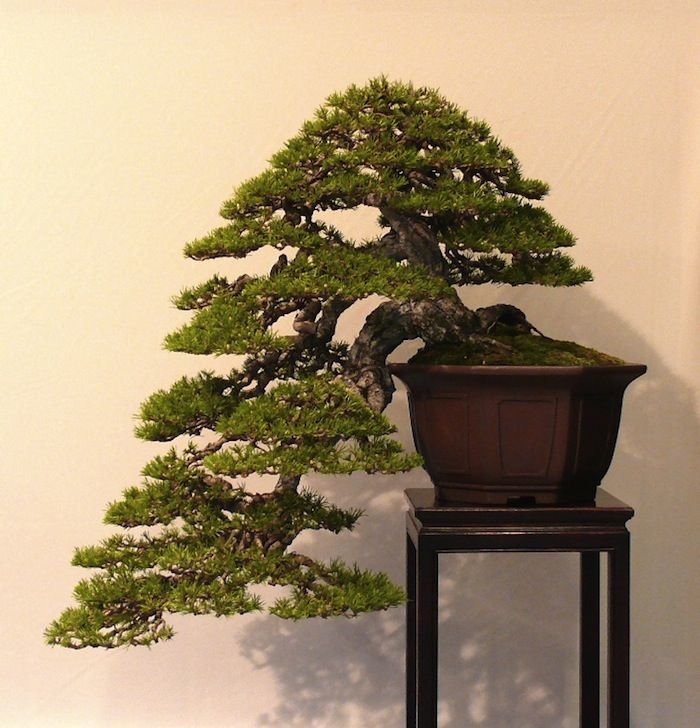
Bonsai Cascade Aneka Ragam Bentuk Bonsai
To shape your juniper tree into a cascade, you need a tall vessel with drainage holes in it. A shallow container is unsuitable for a cascading juniper bonsai. Granular soil makes good compost, ideally consisting of peat, Japanese pumice, Orchid bark, and black sand.
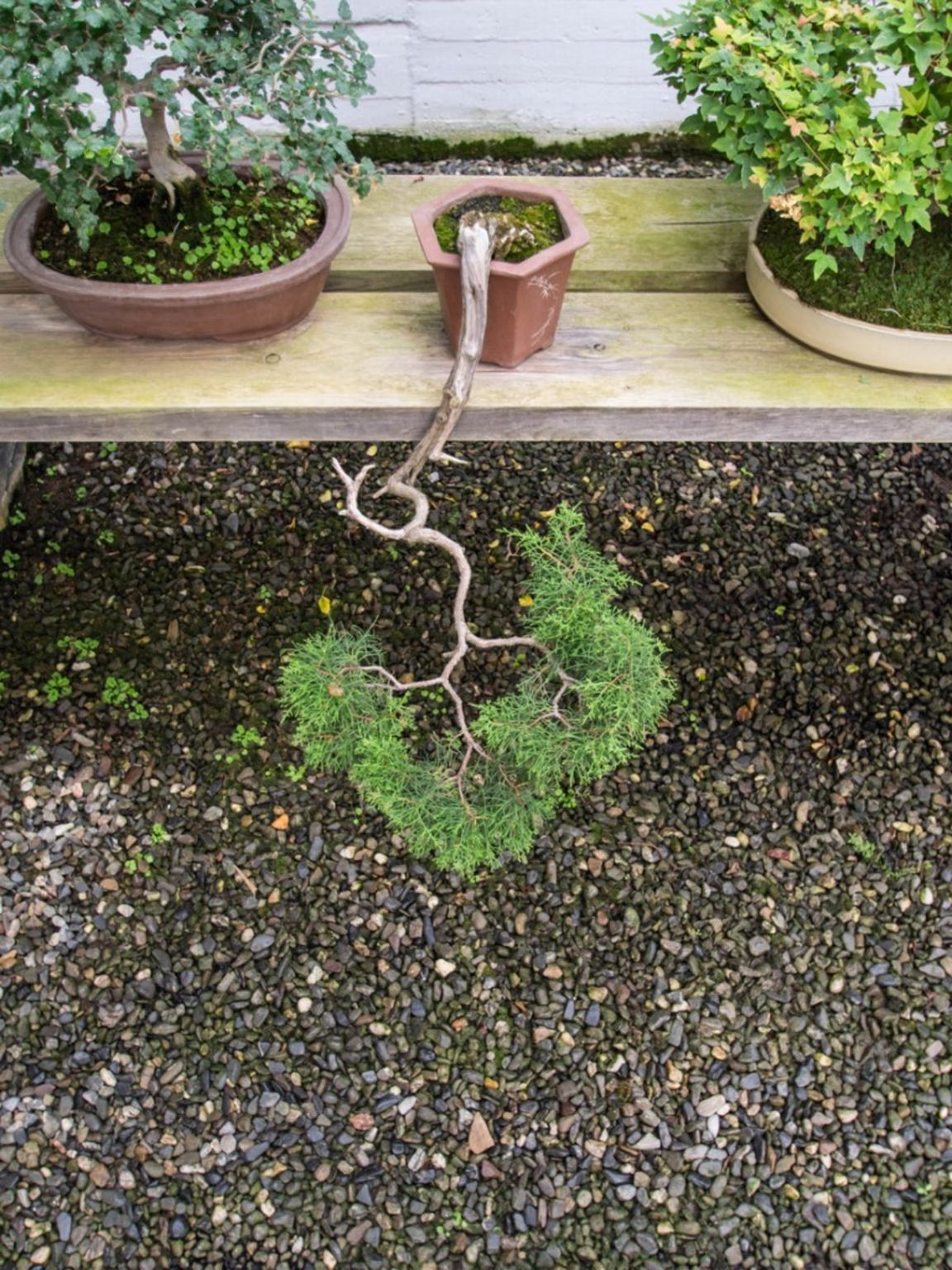
Cascading Bonsais Tips For Shaping A Cascade Bonsai Form
Kengai Bonsai, widely known as the Cascade Style Bonsai, stands out due to its striking representation of trees that naturally grow on cliffs and steep slopes. Unlike most bonsai styles where branches rise or grow horizontally, the Kengai style is unique. Its branches meticulously growing below the pot's rim create a stunning cascading effect.
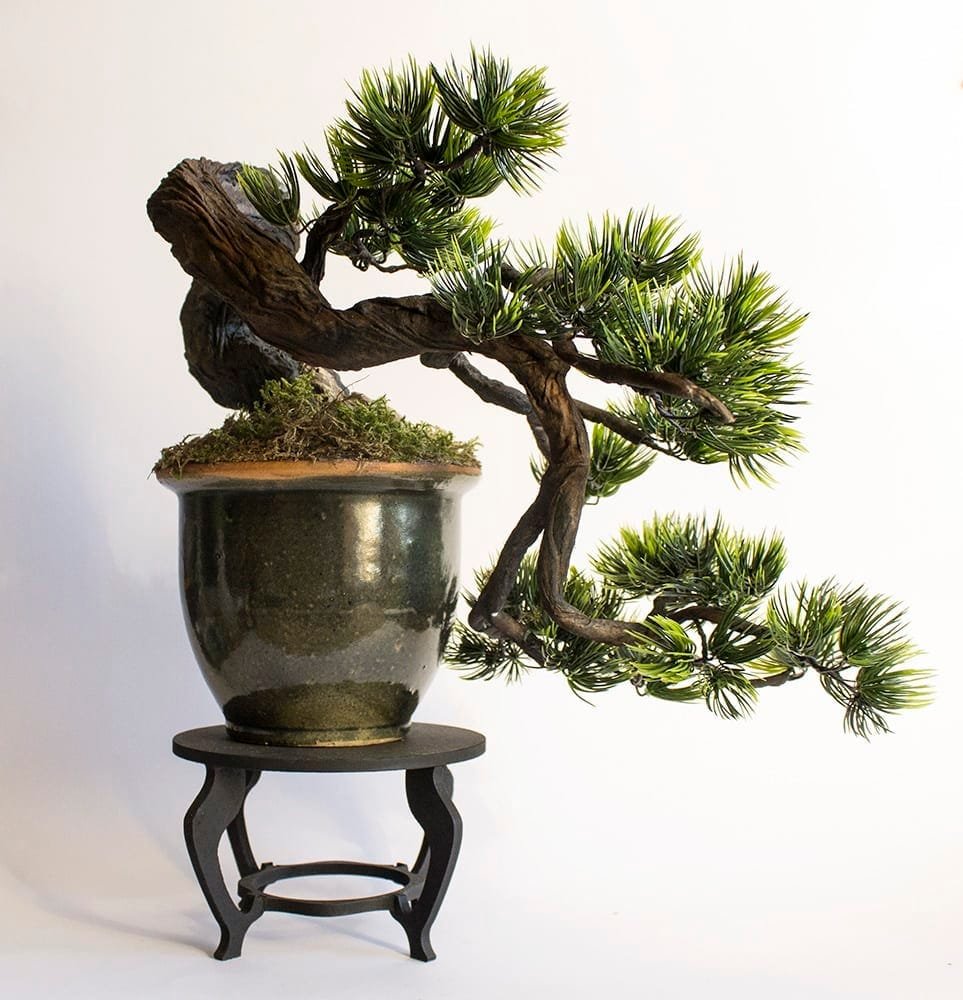
Ideal Species for Cascade Bonsai Bonsai Tree Gardener
Learn how to create a captivating cascade-style bonsai with step-by-step instructions and helpful tips. From tree selection to shaping and maintenance, this article provides all the knowledge you need.

13 Types of Bonsai Trees (by Style and Shape Plus Pictures)
In Chokkan style. The branches spiral up the tree, each consecutive branch graduating at equal distances. For best results, use the Golden Ratio to determine branch locations. Best species for Chokkan Bonsai: Juniper Bonsai Pine Bonsai

How To Make Bonsai Cascade About Bonsai
This bonsai style follows the rules of semi-cascade except that the cascading line falls below the base of the container. This requires that the bonsai be displayed on a stand so that the trunk line can extend as far as it needs to. Aesthetically, the tree must never touch the surface of the stand upon which it is displayed..

Bonsai Styles for Beginners 5 Basic Styles for Your First Trees
The Bonsai Cascade Style is a visually striking and captivating form of bonsai art. Its cascading branches and foliage create a sense of movement and add an element of drama to any collection. While it requires skill and patience to create and maintain, the end result is a truly unique and beautiful tree that will be admired by all who see it..

'Cascade'style bonsai Bonsai, Indoor bonsai, Juniper bonsai
Creating A Cascade Style of Bonsai. One of the most popular styles of bonsai is the cascade. To create this look, start with a juniper that has long, graceful branches. You will want to prune and wire the branches so they flow over the edge of the pot, creating a cascading effect. You may not need to wire the branches if the tree is already.
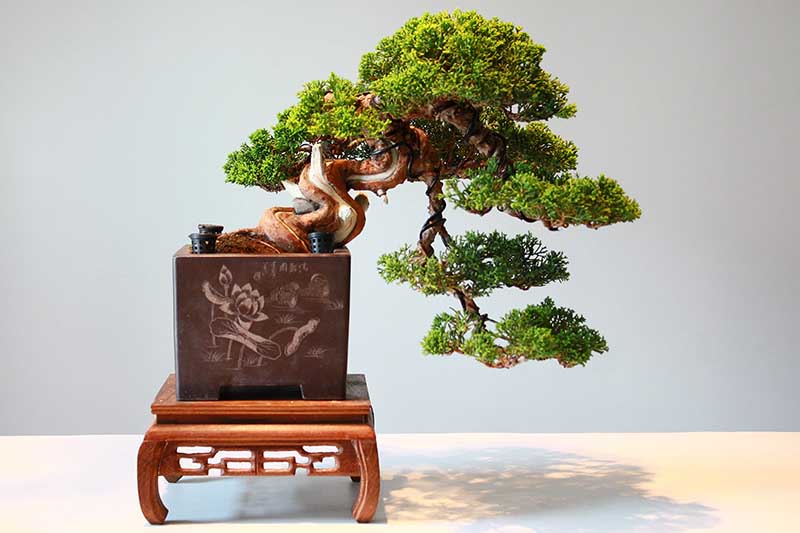
How to Trim and Shape a CascadeStyle Bonsai
1. Chinese juniper 2. Green Mound Juniper 3. Japanese Black Pine 4. Japanese Garden Juniper 5. Japanese white pine 6. Mountain pine Types of Cascade Bonsai How to bring cascade style to your bonsai? Step 1 : Identify the branch to prune Step 2: Prune unnecessary branches Step 3: Wire the branches Step 4: Wrap the raffia Step 5: Bend the branches

Cascading Bonsai cascadebonsaitree Indoor Bonsai Tree, Bonsai Art
A cascade bonsai style is a growing style that has been used for centuries to grow trees in small spaces. It's a very simple, dense, and compact way to grow and train your tree. The process involves pruning out branches on the trunk of your tree so that it has only one main branch that grows down from the top of the tree.

Cascade Bonsai Style (kengai) Simple Bonsai Care
The Szamos Marzipan Museum is one of Szentendre's most visited attractions. Dedicated to Matyas Szamos, the founder of the Szentendre Marzipan Factory, this museum offers visitors an insight into the wonderful world of confectionery. Exhibition pieces are found on the 1st floor of the building, surrounded by glass cases, and they include a.
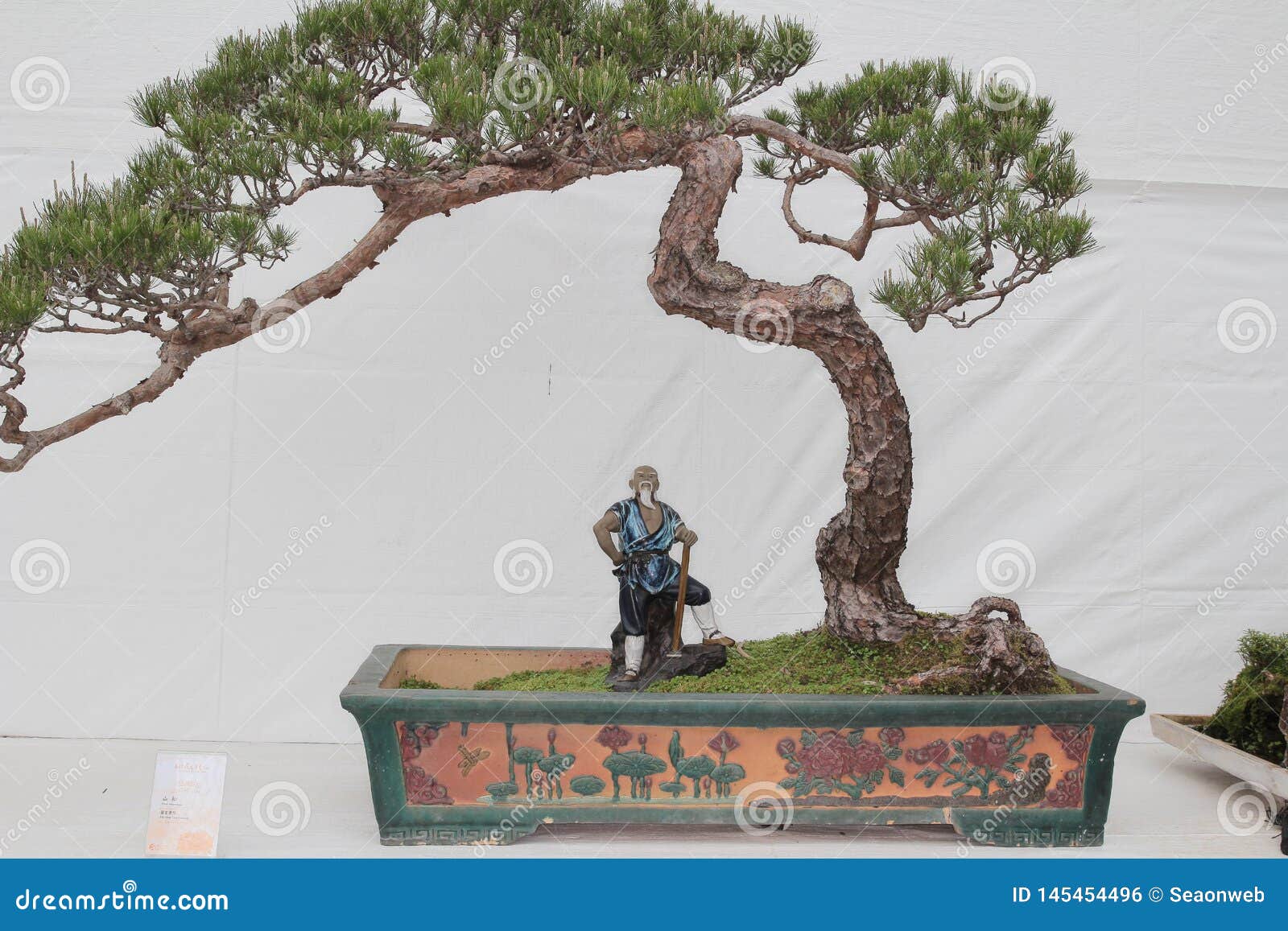
Small Bonsai Tree in a Ceramic Pot Cascade Style Stock Photo Image of
Cascade Semi-Cascade Formal Upright | Chokkan The Chokkan, or formal upright style, is one of the most common bonsai shapes. This style gives a bonsai tree a conical shape, sometimes rounded. You'll find many trees in nature with a similar style because it does not cause a lot of stress to the plant.